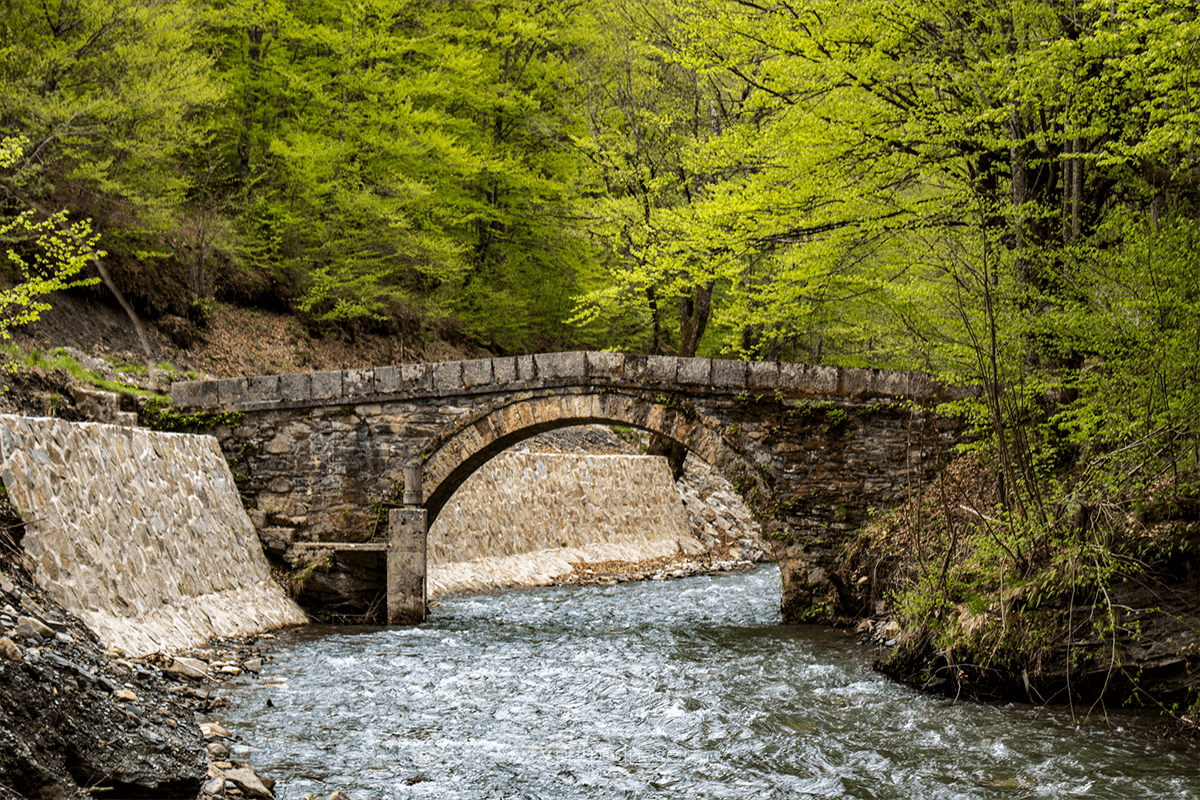
What to See Around Ivanjica – The Roman Bridge and Hadži-Prodan’s Cave
The first thing that comes to mind when I think of Ivanjica is school trips. Back then, I didn’t have the chance to truly get to know the town. However, during the May Day holidays, this charming place became our starting point for exploring the natural beauty of this region.
Nestled in a valley between the slopes of Golija and Javor mountains, on the banks of the Moravica River, Ivanjica is part of the Moravica District and boasts a rich history. During the Ottoman period, it belonged to the Sjenica nahija (district) and was known for its “han”—a roadside inn that connected Sjenica, Nova Varoš, Požega, and Čačak. The town’s name is derived from the fields that surrounded the han.
Today, this small town combines a rich past with natural wonders, making it an ideal destination for exploration and enjoyment.
What to see in Ivanjica?
Due to a tight schedule and inconsistent weather, we only had the chance to briefly explore the town. Walking through the center, one cannot miss the sound of the Moravica River flowing through Ivanjica. The source of this sound is the Moravica Hydroelectric Plant, which dates back to 1911 and is considered one of the oldest in Serbia. Before the dam, the river forms a lake, then continues its journey under the famous Stone Bridge.
The Stone Bridge in Ivanjica
Located on the Javor–Dragačevo road, this is the largest single-arch bridge in the Balkans. Built between 1904 and 1906 by Italian craftsmen and local contractor Blagoje Luković, it was constructed using a wedge principle without binding materials. A plaque near the bridge provides additional information about its construction.
Church of St. Emperor Constantine and Empress Helena
In the heart of Ivanjica stands the Church of St. Emperor Constantine and Empress Helena, built between 1836 and 1838, just three years after the town was founded. It is the only surviving structure from that period in Ivanjica. The church endured two devastating fires that destroyed the entire town but preserved its frescoes, painted in 1862 by Dimitrije Posniković.
The Roman Bridge in Kumanica
Of course, we visited the Roman Bridge, located upstream on the Moravica River in the village of Kumanica, just a few kilometers from Ivanjica. Despite its name, this stone bridge dates back to the 15th century and was part of the route connecting Ivanjica and Sjenica. Today, it serves as a cultural monument that attracts visitors. Near the bridge, there is also an old watermill.
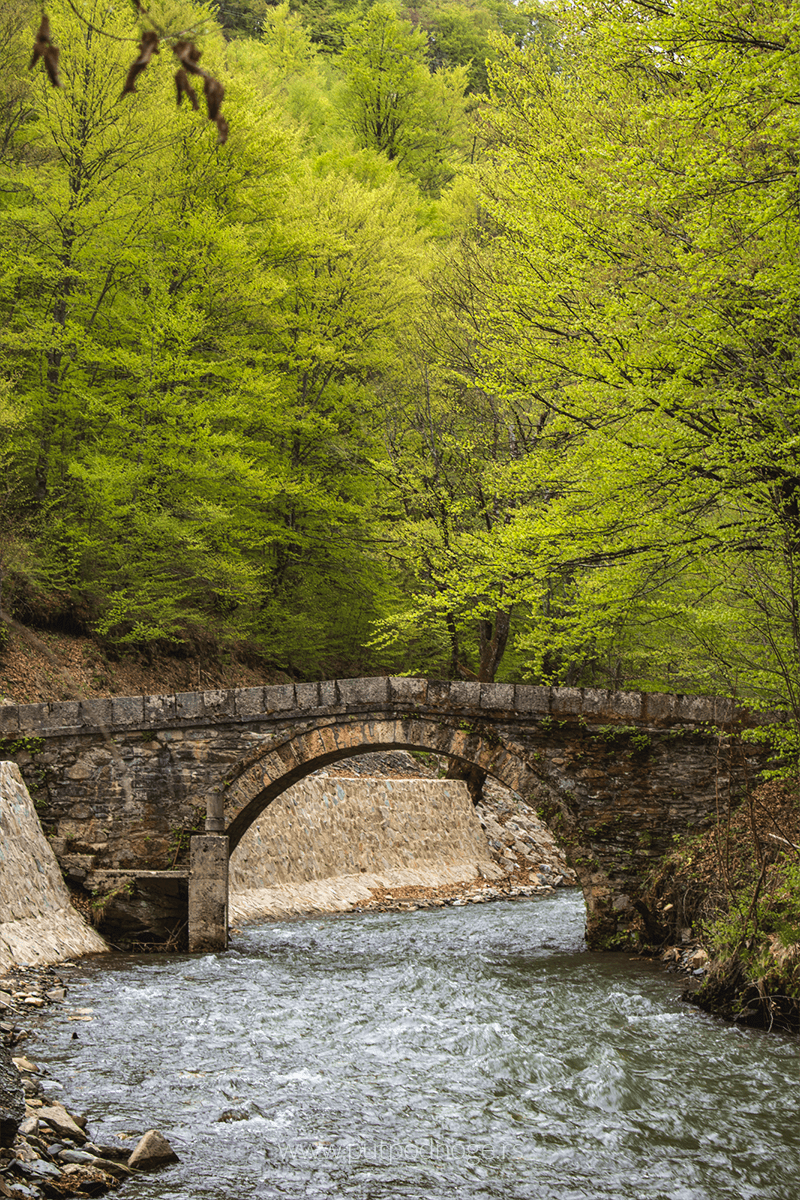
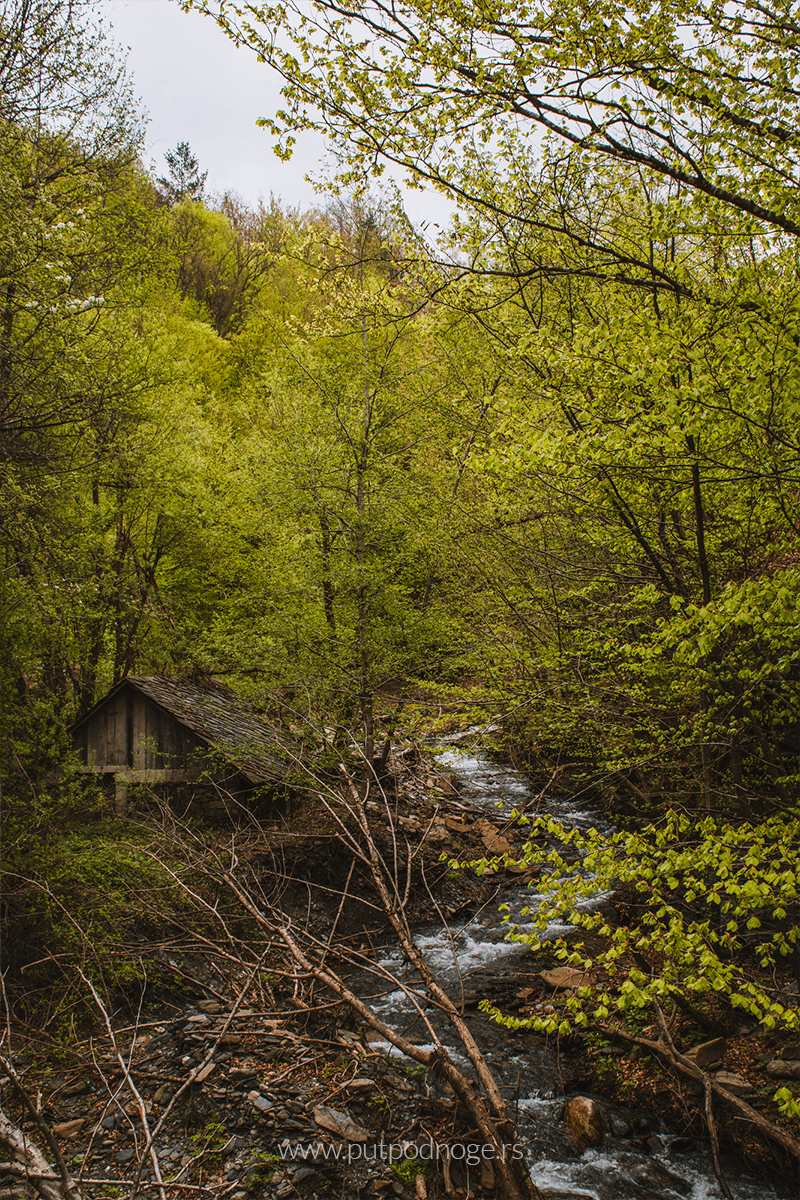
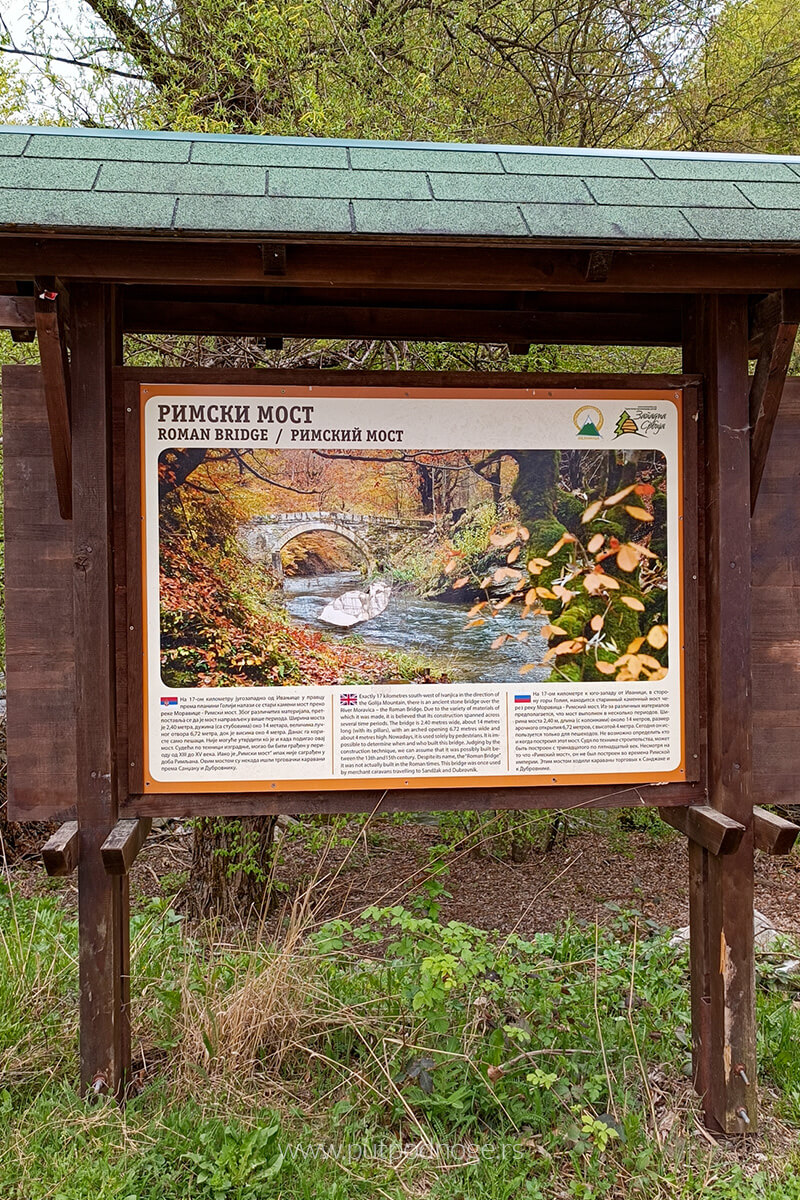
Hadži-Prodan’s Cave
On the opposite side of town lies a completely different natural wonder—Hadži-Prodan’s Cave. Named after Karađorđe’s commander, Hadži-Prodan Gligorijević, who used it as a hideout during Ottoman raids, the cave is also known locally as Šljapaja or Rašćanska Cave, named after the Rašćanska River.
The cave is open to visitors, with about 400 meters accessible for exploration. It has two levels, but only the first is currently open. After the entrance passage, visitors encounter a large chamber adorned with rich cave formations, with a ceiling height ranging from 16 to 20 meters. The entrance itself is about 3 meters wide, leading to spacious halls up to 50 meters long and 15 meters wide.
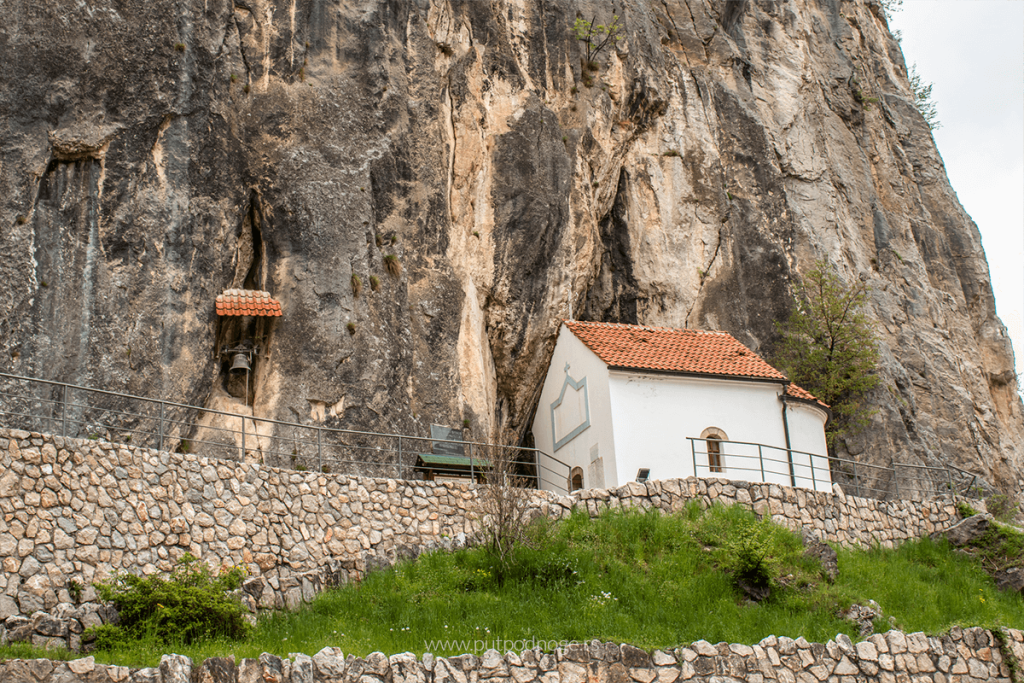
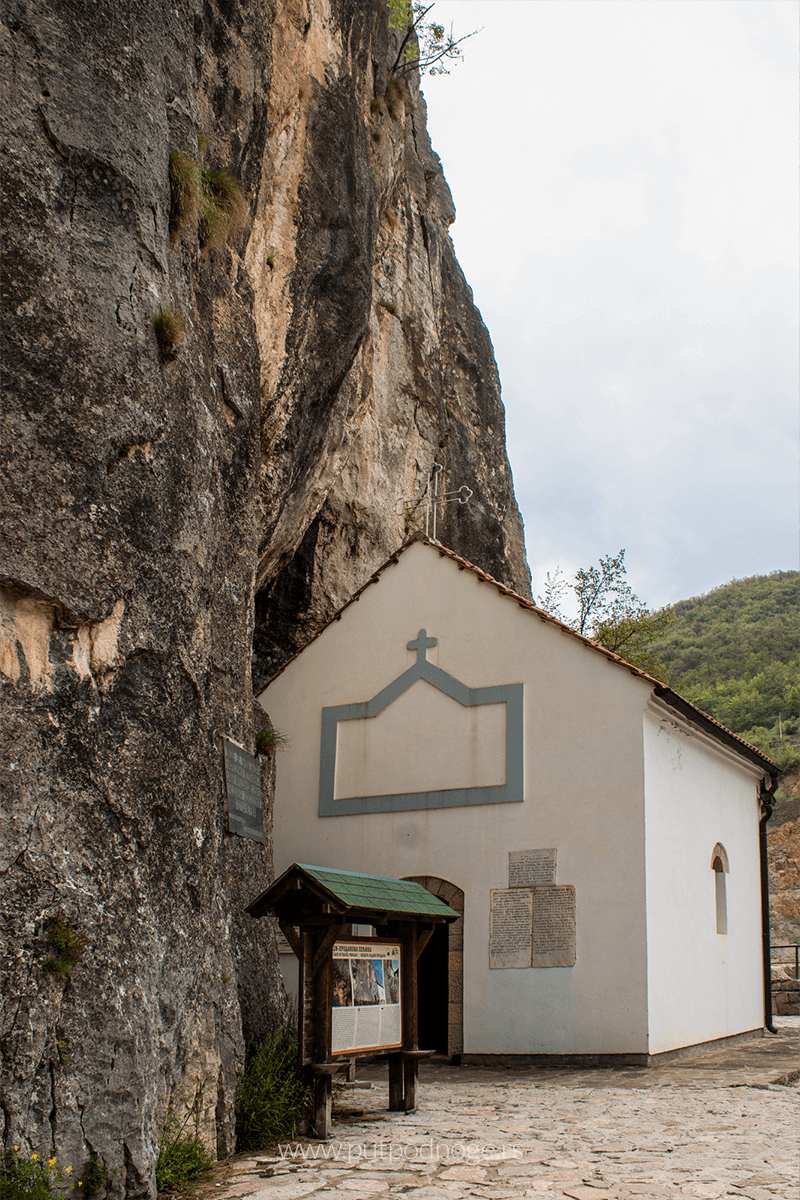
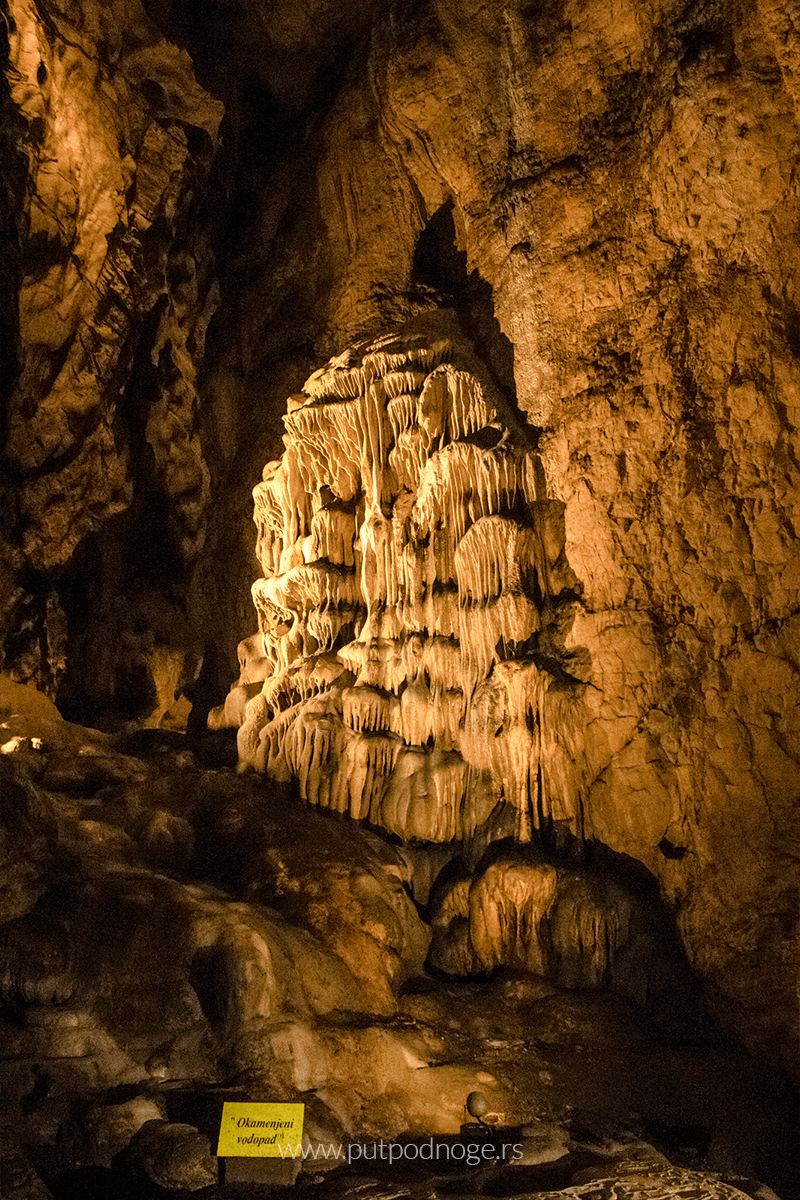

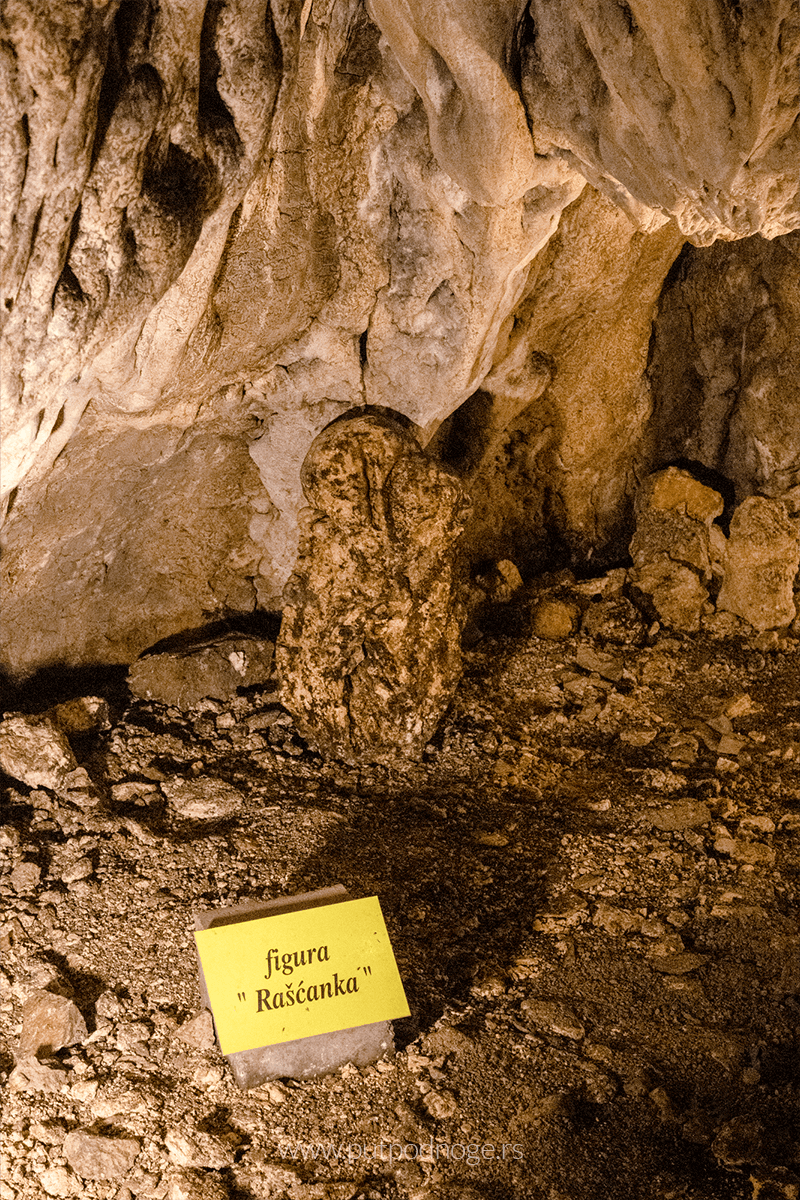
Research of the cave is far from complete, with only initial excavations conducted. Artefacts from the Early Iron Age, numerous animal remains, and a rare quartz tool—the only one of its kind in Europe—have been discovered. These items await their moment to be displayed, either within the cave or in a city museum. The cave holds immense potential, and we hope further exploration will continue.
The entrance to the cave is hidden behind a small church known as Adžijina Church. The current church is a reconstruction of the original built in 1809, which was unfortunately destroyed during road construction. We hope both the church and the cave will endure and outlast the nearby quarrying activities, as stone extraction is prevalent in this area.
How to get there?
Two roads lead to Ivanjica from Belgrade—one through Čačak and the other via Užice and Požega. The town is connected to Čačak through Guča and to Kraljevo via Kaona and Studenica. It connects to Sjenica and Novi Pazar via the Ibar Highway, while the route through Nova Varoš leads to Prijepolje, Montenegro, and the Adriatic coast. Ivanjica is 224 km from Belgrade, 120 km from Novi Pazar, 80 km from Čačak, and 40 km from Požega.
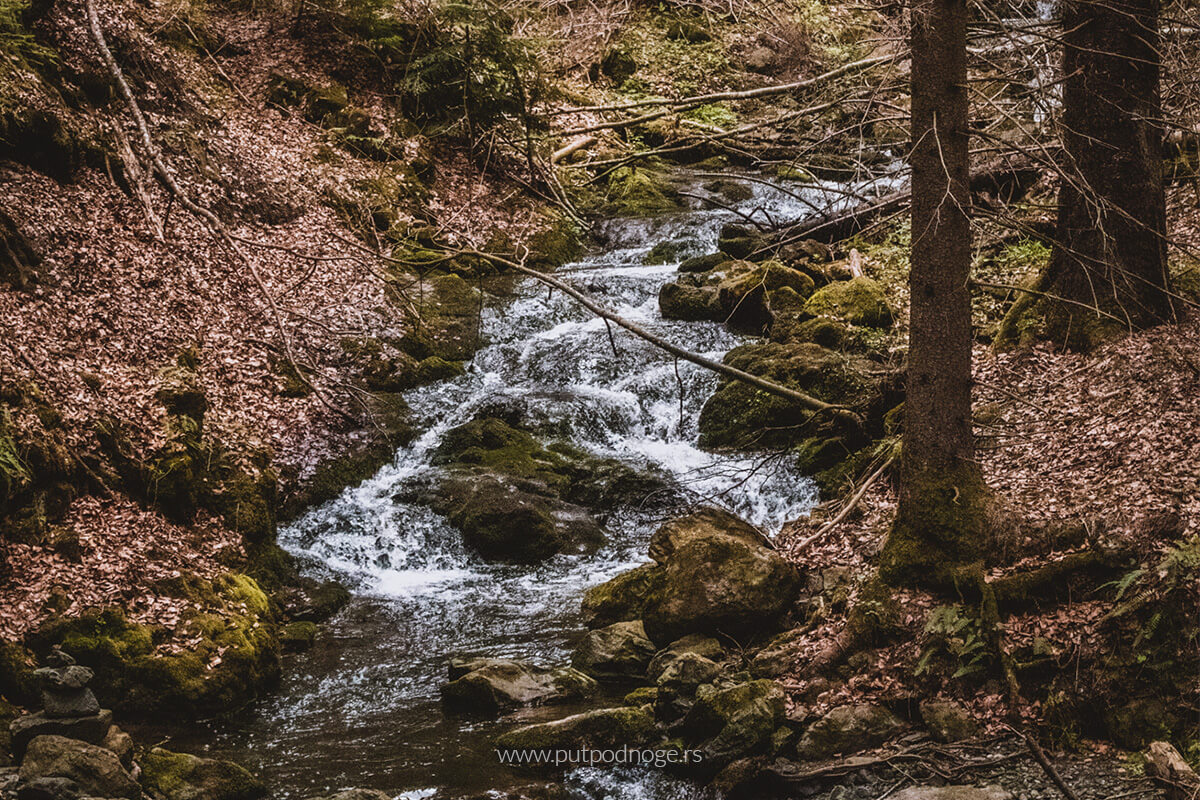
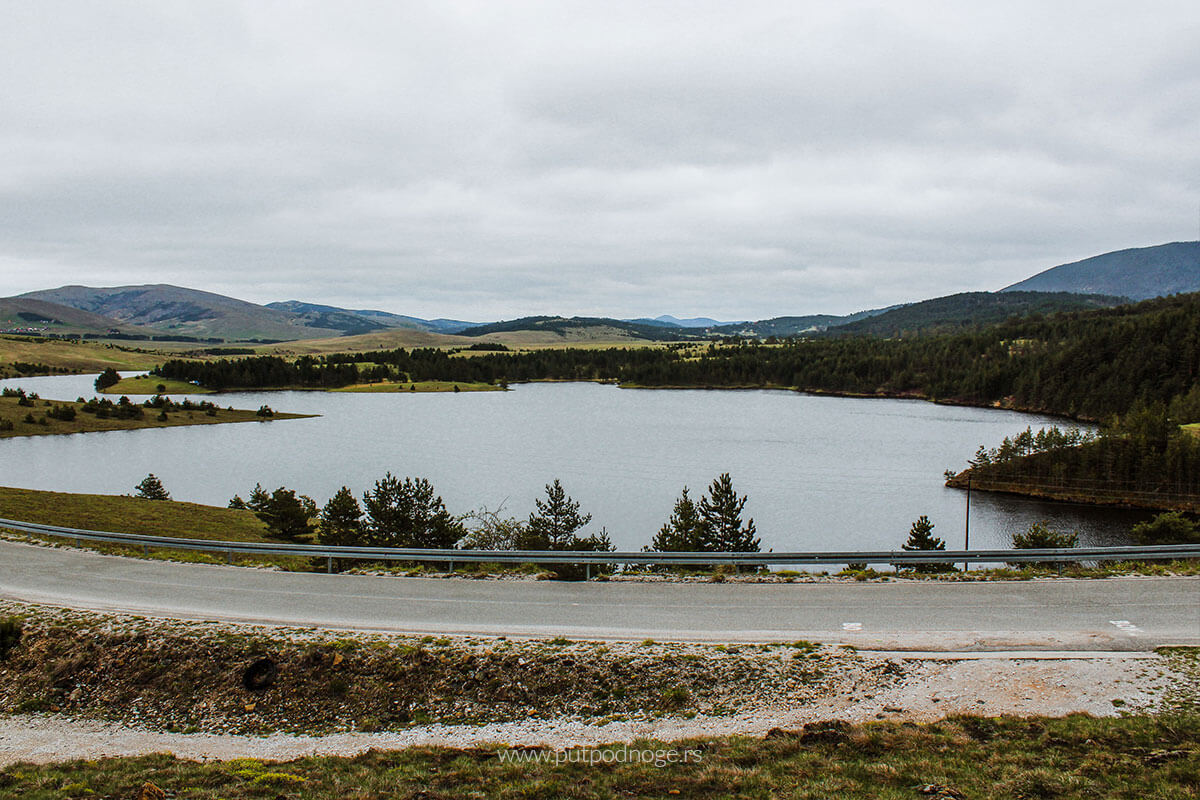
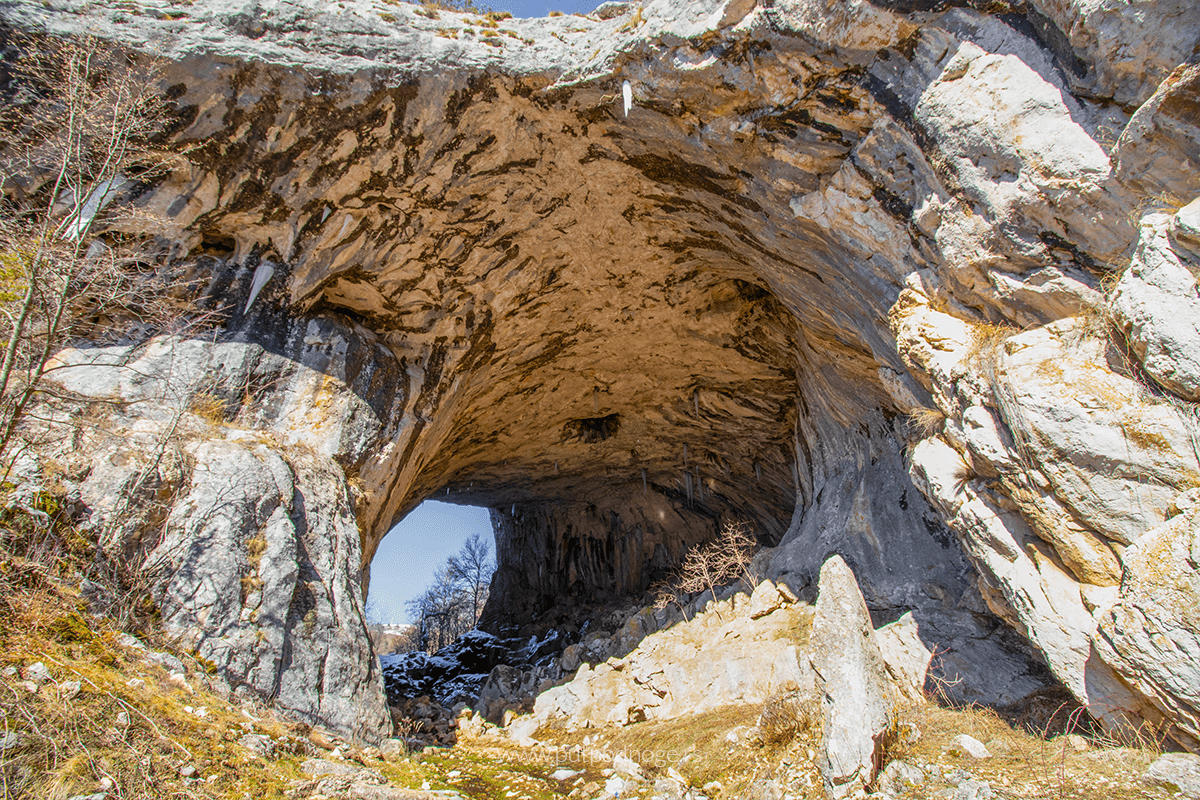
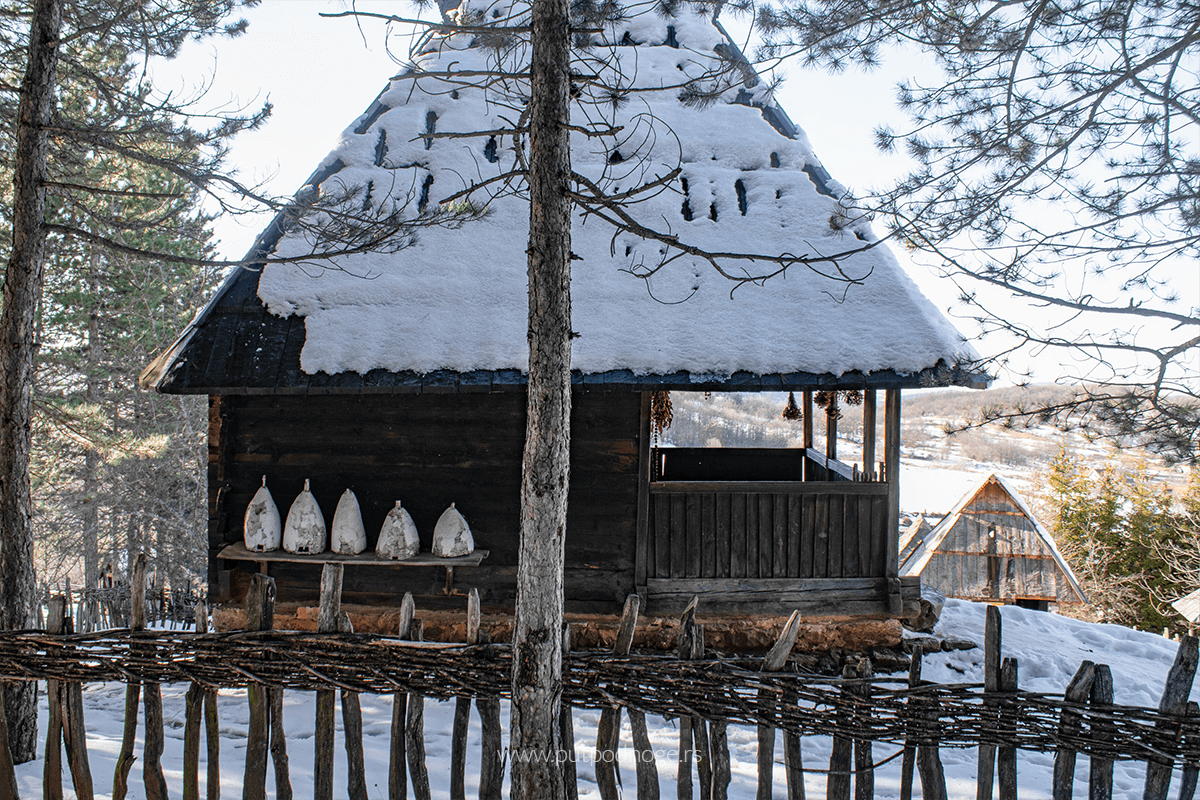
Leave a Reply